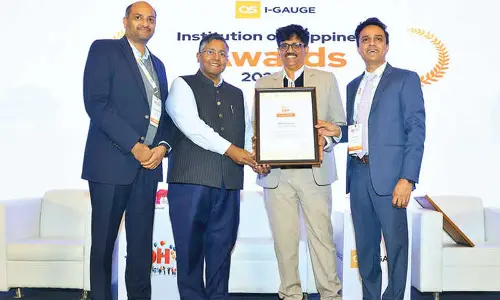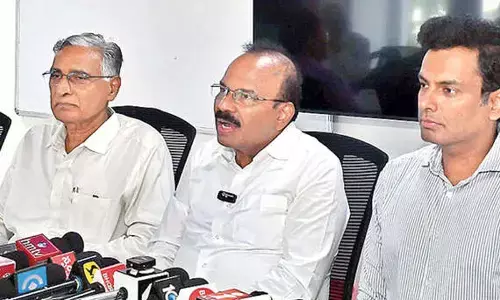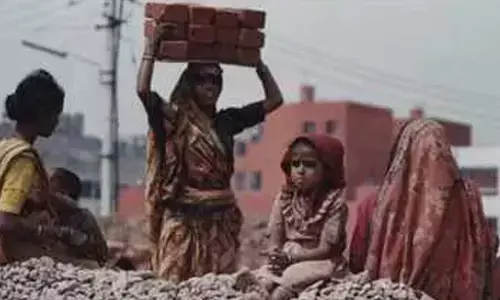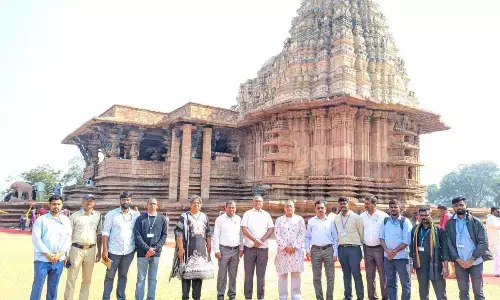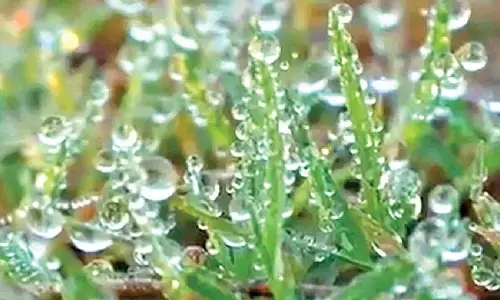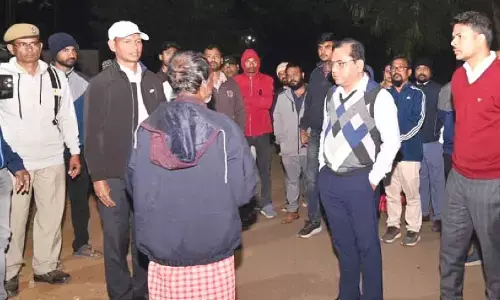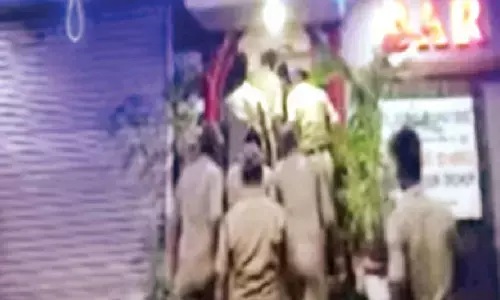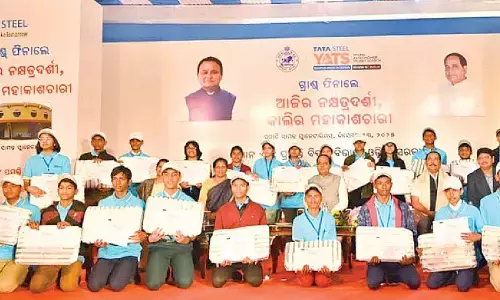UP govt develops dense forests to help devotees breathe fresh air
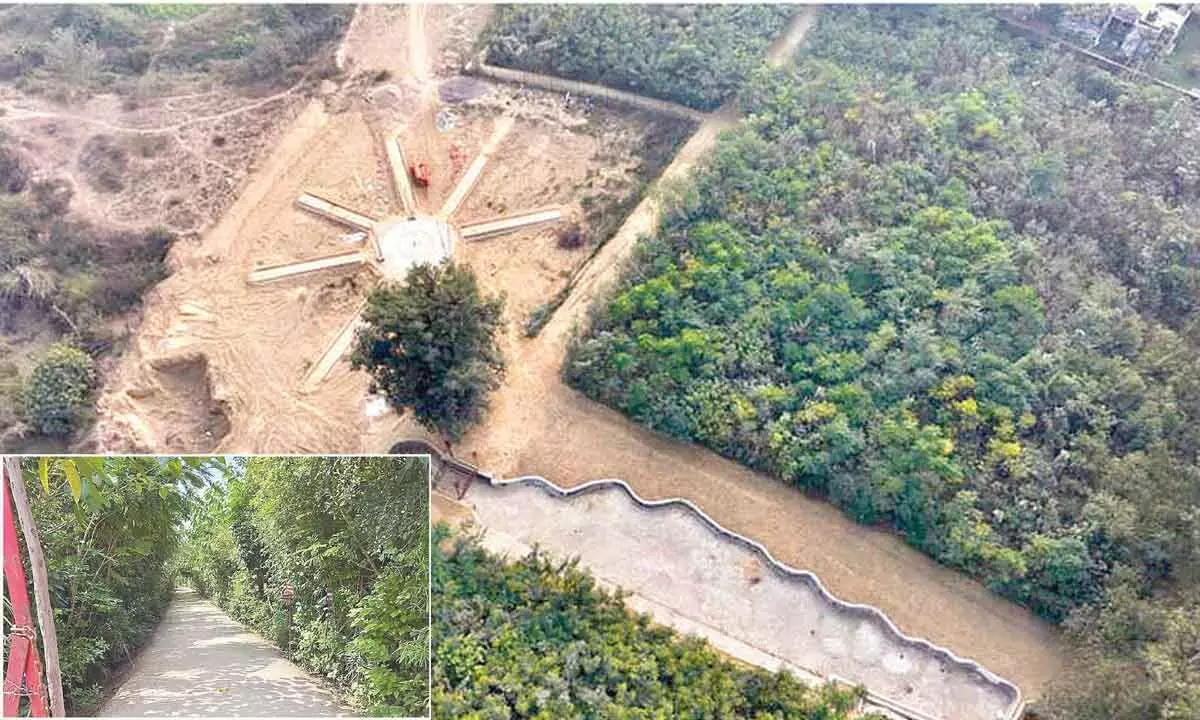
Prayagraj Municipal Corporation creates 56,000 sq m of oxygen bank using Miyawaki technique in 2 years
Prayagraj : Ahead of the 2025 Mahakumbh, the Yogi Adityanath government is making significant strides to ensure a clean and green environment for the millions of devotees expected in Prayagraj. The city has witnessed the creation of dense forests at various locations to ensure pure air and a healthier atmosphere.
The Prayagraj Municipal Corporation has adopted the Japanese Miyawaki technique, which has been instrumental in creating multiple “oxygen banks” over the past two years. This method has transformed barren land into lush forests that not only improve the city’s air quality but also play a key role in environmental conservation.
Dr NB Singh, a former Botany professor at Allahabad Central University, known as the “Greenery Guru”, praised the Miyawaki technique as a solution to urbanisation-induced pollution and rising temperatures. He noted that these dense forests help regulate temperature differences, reduce heat, and boost biodiversity. The rapid growth of forests using this method can lower temperatures by up to 7°C, enhancing the environment and offering relief during hot summers.
In the past two years, over 1.2 lakh saplings have been planted across more than 10 locations using the Miyawaki technique, covering 55,800 square metres. Notably, the Naini Industrial Area, once filled with industrial waste, has seen the plantation of 1.2 lakh saplings, leading to a rapid transformation. “Saplings planted here a year ago have already grown to 10-12 feet”, said Assistant Engineer Girish Singh, highlighting the quick results of this technique. The Miyawaki technique involves planting 3 to 4 saplings per square metre and using organic fertilisers to enrich the soil. In addition to the Naini area, the Buswar garbage dumping site has been cleaned and converted into a dense forest. Over 9,000 sq m were transformed with 27,000 saplings of various species, significantly improving air quality and eliminating foul odors.
Other key locations where Miyawaki forests have been created include 13 spots across the city, further contributing to environmental improvement. The forests include a variety of species such as mango, neem, peepal, and tamarind, as well as medicinal plants like tulsi and brahmi. This diversity not only improves the aesthetic and environmental value but also ensures long-term sustainability.
The Miyawaki technique, developed by Japanese botanist Akira Miyawaki in the 1970s, accelerates forest growth by planting trees in close proximity to each other. This method has proven effective in urban areas, where space is limited and the need for quick environmental restoration is high. Trees planted using this technique grow 10 times faster than traditional methods, absorbing more carbon and supporting richer biodiversity.
The initiative is helping to manage industrial waste, reduce pollution, and restore ecological balance, making it a crucial part of the city’s environmental strategy. As Prayagraj prepares for the Mahakumbh 2025, these dense forests will provide a much-needed respite for visitors, offering cleaner air and a healthier environment.
Prayagraj Municipal Corporation Commissioner Chandra Mohan Garg stated, “This initiative is not just about planting trees but about transforming the city’s environment and ensuring a better future for its residents and visitors.”








